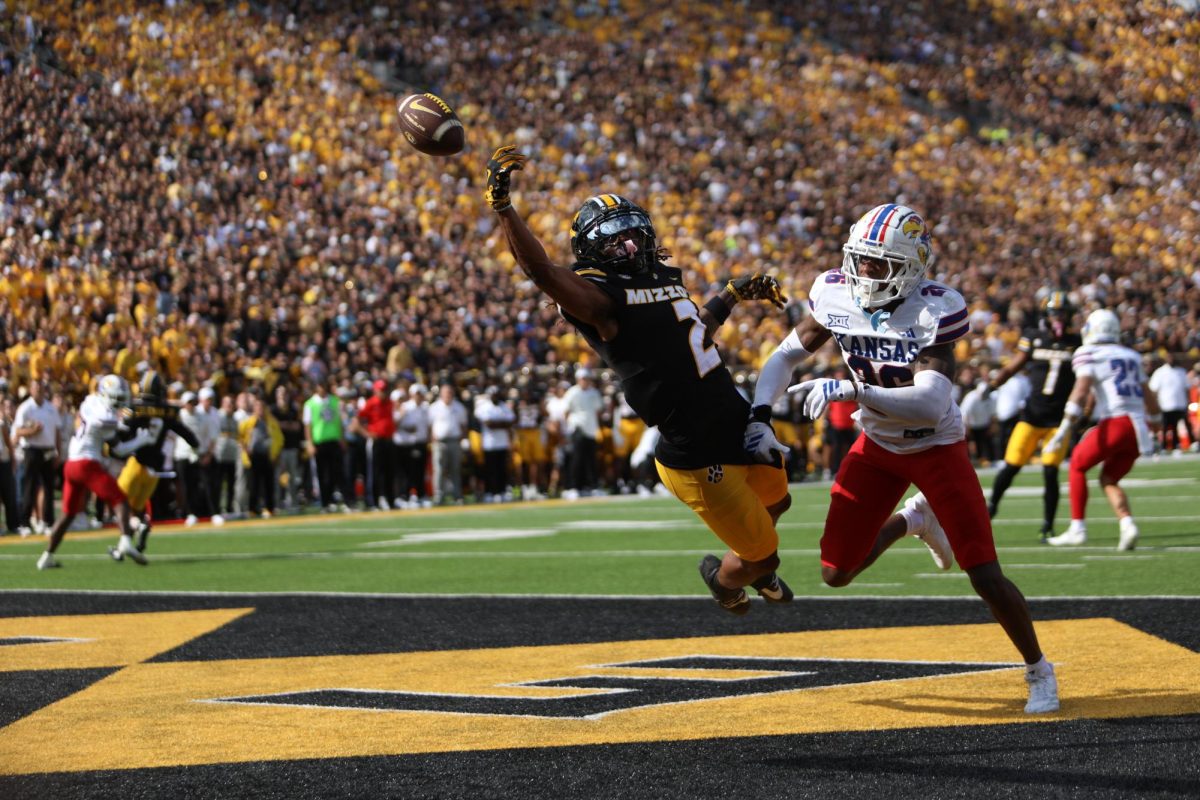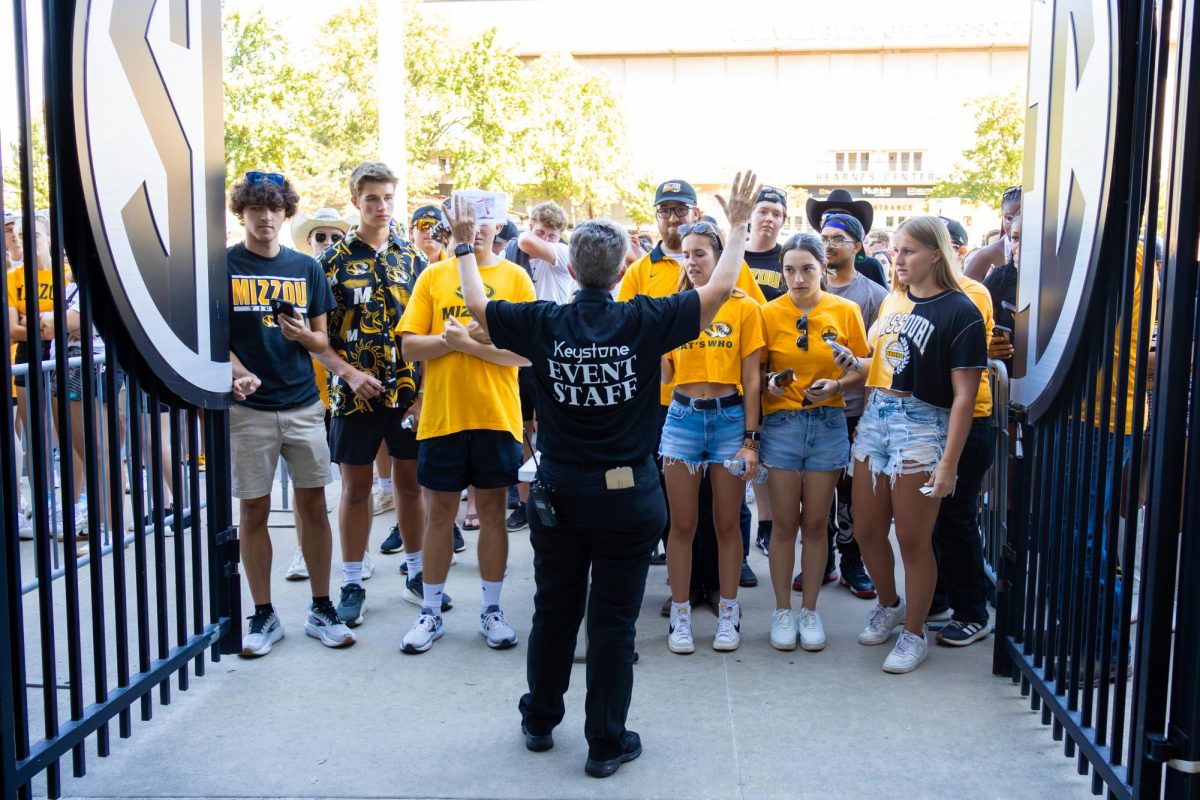When Chancellor Brady Deaton signed the American College and University Presidents’ Climate Commitment in 2009, it was more than just a symbolic gesture.
Following the signing, MU’s Office of Sustainability took an extensive carbon emissions inventory.
“The inventory covered everything,” sustainability coordinator Steve Burdic said. “Commuter vehicles, airline miles, even the power plant.”
In 2008, MU was emitting 384,908 metric tons of carbon dioxide per year, according to the inventory.
Given the numbers, the goal of the letter Deaton signed was for MU to have zero carbon emissions by 2050. The results were a clear indication of how much work lay ahead.
The Office of Sustainability drafted its first [Climate Action Plan](http://masterplan.missouri.edu/sustainbility_plan.html) in 2011. The plan consisted of renovations and construction projects aimed at reducing carbon emissions by 45 percent before 2017.
Two years later, MU is well on its way to that goal.
Carbon emissions have already been cut by 35 percent from the 2008 baseline. This has been made possible because of projects like MU’s biomass boiler, which began fully operating last year, Burdic said. The operation of the boiler has cut coal use by more than 25 percent.
Other demonstration projects, such as a wind generator and solar panels for the power plant, have also started.
“It’s a small percentage of our electricity that we produce that way, but we learn how they work,” Burdic said. “It also gives our faculty and students an opportunity to study them.”
In addition to new projects, MU has also changed its approach to traditional methods of generating electricity.
“We’re burning a lot more natural gas than we used to,” Burdic said. “It’s been relatively cheap, and one of our goals has also been saving money. Natural gas also has about half the carbon output that coal does.”
Another part of the plan has been retrofitting existing buildings and constructing more efficient buildings. Installation of energy-efficient lighting and the adoption of sustainable design guidelines have played a major role.
“We do about as good a job on energy conservation as anybody does when we build and renovate buildings nowadays,” Burdic said. “Most of our buildings are going to be LEED-certified from now on.”
LEED, or Leadership in Energy and Environmental Design, is a certification awarded by the U.S. Green Building Council to buildings that are environmentally friendly and constructed in environmentally friendly methods. Nine buildings being planned for campus are up for LEED certification.
“It’s not only a way of doing a job, it’s a way of certifying that we’re doing a good job,” Burdic said. “If we can’t quantify the savings and talk to people about them, it’s the same thing as not even doing them.”
MU has received acclaim for its progress with sustainability efforts and the Climate Action Plan. Recently, MU was ranked as the [35th greenest university](http://www.sierraclub.org/sierra/201309/coolschools/complete-rankings.aspx) in the U.S. by the Sierra Club.
MU has also previously been called “a sustainability rock star” in the [Princeton Review’s Guide to Green Colleges](http://www.princetonreview.com/uploadedFiles/Sitemap/Home_Page/Campaign/2013/GreenGuide/_MEDIA/2013_green-guide.pdf).
With the Climate Action Plan now approaching its third year of application, Burdic said he is pleased with the progress so far.
“We’ve found that students and faculty want to go to a school that’s taking care of the environment,” he said. “We’re saving money, taking care of the environment and trying to provide leadership.”







